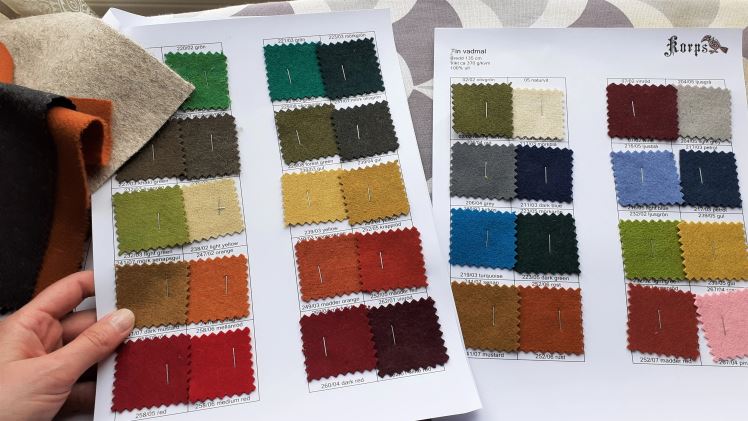What are the Norse Colors?

For the Norse people, colors held profound significance, weaving through the very fabric of daily life and mythology alike. Norse colors weren’t merely aesthetic choices; they were symbols laden with meaning and cultural connotations (yes, that’s exactly what we’re going to discuss!)
The Symbolism Behind Norse Colors
Each color in the Norse palette carried distinct meanings, often intertwined with their religious beliefs, myths, ancient stories, and cultural practices. They were deeply rooted in their daily lives.
Each hue carried distinct meanings. Red, symbolizing passion and life force, often represented the vitality of the human spirit. Blue, associated with wisdom, mirrored the depth of the sky and the vastness of Norse knowledge. Yellow, embodying prosperity, represented the sun’s enlightenment and the wealth of the land.
Primary Norse Colors
Red, blue, and yellow were the primary colors in Norse culture. Red, derived from natural sources like berries and iron oxide, adorned clothing and artifacts, signifying strength and courage. Blue, obtained from plants like woad, represented the heavens and divine wisdom. Yellow, sourced from plants and minerals, denoted prosperity, often seen in golden treasures and ornaments.
Secondary Norse Colors
Secondary colors in Norse culture resulted from the combination of primary hues, each carrying nuanced meanings. Green, a blend of blue and yellow, represented fertility and the lush landscapes of Scandinavia. Purple, combining red and blue, symbolized royalty and the divine connection between gods and mortals.
Norse Color in Jewelry
Being more than an adornment, the norse jewelry reflected status, beliefs, and spiritual connection. Rings, brooches, and amulets were crafted with attention to color symbolism. Red gemstones like garnets adorned rings and symbolized strength and protection. Blue stones like lapis lazuli were set in amulets, representing wisdom. Gold, the embodiment of prosperity, adorned intricate necklaces and torcs.
Colors in Norse Runes and Symbols
The Norse penchant for symbolism extended to their written and visual language. Runes, symbols, and intricate designs were adorned with specific colors, each carrying a hidden message. For instance, the Helm of Awe, a symbol in their religious beliefs, often incorporated red and gold and signified their strength this way.
Seasonal Colors in Norse Jewelry
Norse jewelry also reflected the changing seasons. Winter-inspired pieces featured icy blues and whites, representing the harshness of the season. Spring-inspired jewelry incorporated vibrant greens, symbolizing renewal and growth. Rich, warm hues in summer pieces symbolized abundance, while autumnal jewelry incorporated earthy tones, reflecting the harvest and the cyclical nature of life.
The Norse colors continue to influence modern jewelry design. Contemporary artisans draw inspiration from the rich Norse palette, incorporating vibrant hues into their creations, either in minimalist designs or elaborate pieces of Norse jewelry or satanic jewelry.




